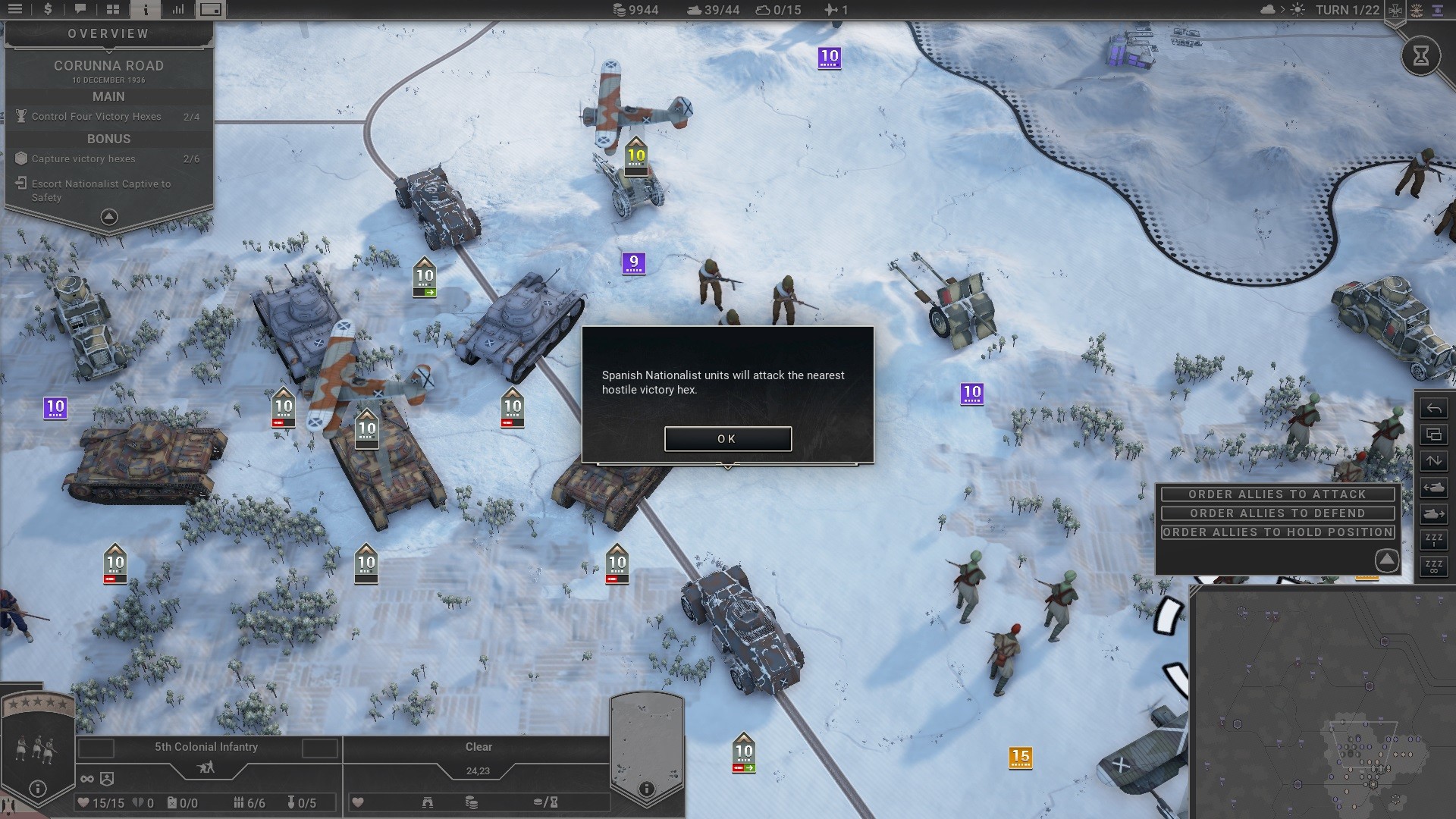
While the German Army Group North moved towards Leningrad, Army Group South was to take control of Ukraine, while Army Group Center advanced towards Moscow. Armored units raced forward in pincer movements, pocketing and destroying entire Soviet armies. Having destroyed most of the Soviet Air Force on the ground, German forces quickly advanced deep into Soviet territory using blitzkrieg tactics. On June 22, 1941, German, Hungarian, Romanian and Slovak troops invaded the Soviet Union, effectively starting Operation Barbarossa. The Wehrmacht had been forced to retreat earlier during the Yelnya Offensive in September 1941 and at the Battle of Rostov (1941) (which led to von Rundstedt losing command of German forces in the East), but these retreats were minor compared to the one at Moscow.īackground For more details on this topic, see Operation Barbarossa. It marked a turning point as it was the first time since the Wehrmacht began its conquests in 1939 that it had been forced into a major retreat. The battle was also one of the largest during the war, with more than a million total casualties. The Battle of Moscow was one of the most important battles of World War II, primarily because the Soviets were able to successfully prevent the most serious attempt to capture their capital. On December 5, 1941, fresh Soviet Siberian troops, prepared for winter warfare, attacked the German forces in front of Moscow by January 1942, the Soviets had driven the Wehrmacht back 100 to 250 km (60 to 150 mi), ending the immediate threat to Moscow and marking the closest that Axis forces ever got to capturing the Soviet capital.īarbarossa – Baltic Sea – Finland – Leningrad and Baltics – Crimea and Caucasus – Moscow – 1st Rzhev-Vyazma – 2nd Kharkov – Blue – Stalingrad – Velikiye Luki – 2nd Rzhev-Sychevka – Kursk – 2nd Smolensk – Dnieper – 2nd Kiev – Korsun – Hube's Pocket – Baltic – Bagration – Lvov-Sandomierz – Lublin-Brest – Balkans (Iassy-Kishinev) – Balkans (Budapest) – Vistula-Oder – East Prussia – East Pomerania – Silesia – Berlin – Prague – Vienna Although the onset of colder weather and the freezing of the ground allowed the Axis advance to continue, it continued to struggle against stiffening Soviet resistance.īy early December, the lead German Panzer Groups stood less than 30 kilometers (19 mi) from the Kremlin, and Wehrmacht officers were able to see some of Moscow's buildings with binoculars but the Axis forces were unable to make further advances. Having penetrated the Soviet defenses, the Wehrmacht offensive was slowed by weather conditions, with autumn rains turning roads and fields into thick mud that significantly impeded Axis vehicles, horses, and soldiers. The Axis advance was renewed on October 2, 1941, with an offensive codenamed Operation Typhoon, to complete the capture of Moscow before the onset of winter.Īfter an advance leading to the encirclement and destruction of several Soviet armies, the Soviets stopped the Germans at the Mozhaisk defensive line, just 120 km (75 mi) from the capital.

Having secured Smolensk, the Wehrmacht chose to consolidate its lines around Leningrad and Kiev, further delaying the drive towards Moscow. However, despite large initial advances, the Wehrmacht was slowed by Soviet resistance (in particular during the Battle of Smolensk, which lasted from July through September 1941 and delayed the German offensive towards Moscow for two months). The original blitzkrieg invasion plan, which the Axis called Operation Barbarossa, called for the capture of Moscow within four months. A separate German plan was codenamed Operation Wotan. Hitler considered Moscow, capital of the Union of Soviet Socialist Republics ( USSR) and the largest Soviet city, to be the primary military and political objective for Axis forces in their invasion of the Soviet Union. German: Schlacht um Moskau) was the Soviet defense of Moscow and the subsequent Soviet counter-offensive that occurred between October 1941 and January 1942 on the Eastern Front of World War II against Nazi forces. The Battle of Moscow ( Russian: Битва за Москву, Romanized: Bitva za Moskvu. Soviet troops in winter gear supported by tanks take on the Germans in the counter-attack.

Part of the Eastern Front of World War IIĭecember, 1941.


 0 kommentar(er)
0 kommentar(er)
